The Surprising Benefits of Running in Heat
Studies find that heat training can improve VO2 max, resilience, and improved rate of perceived exertion and fatigue, and makes you mentally tougher. Still, running in the heat is hard! The below tips will make it more manageable.
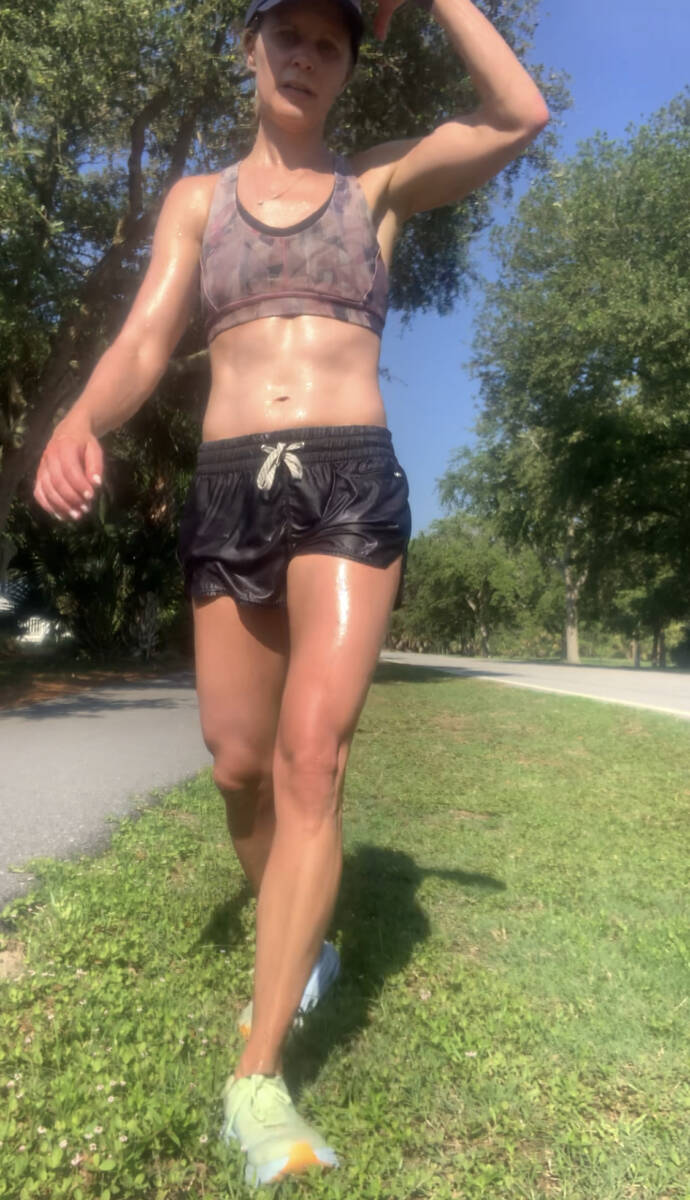
Don’t worry if you are riding this struggle bus this summer. It is HARD but running in heat will pay off when cooler temperatures come this fall. That’s because running in heat is like training at altitude. It is teaching your body to do more with less oxygen. In the summer months, I focus mentally on the benefits of heat training rather than my splits because I know that running in the heat is hard for the body but is spurring physiological adaptations that may equal fast race times in a few months.
Table of contents
.
What are the benefits of heat training?
Does running in the heat make you a better runner? Yep, here’s why and how.
1. It makes you faster
The main benefit of running in the heat is that it makes you run faster in cooler temperatures. Studies show that training in the heat improves your lactate threshold and your VO2 max when running at cooler temperatures!
You run slower in hot weather because your body is working hard to keep itself cool. This is because your body is undergoing physiological adaptations to work with less oxygen.
Similar to altitude training where your body has less oxygen in the air to breathe in, heat training involves less oxygen to your working muscles to keep you cool.
As your body learns how to work hard in the heat, it creates adaptations that improve performance at more comfortable temperatures. Other adaptations include:
- Decrease in salt in sweat
- Reduced heart rate at a given pace
- Earlier sweating
2. Higher blood plasma volume
Heat training increases red blood plasma volume, offering more blood to carry oxygen to your muscles. The more blood plasma you have, the less hard your heart has to work to pump oxygen (fuel) to your muscles. So you essentially get more bang for your buck with each heartbeat. You’ll be able to run faster with less effort because your heart won’t have to work as hard to circulate oxygen. This is similar to altitude training which forces the body to generate a higher number of red blood cells.
3. Stronger mental game
Next time you lace up for a run in cooler temps, you might actually have a better run due to a lowered rate of perceived exertion.
Studies find that heat training can improve resilience, rate of perceived exertion and fatigue, and make you mentally tougher. When you’re out running as the temps cool, runs that felt daunting in the summer heat will feel like a piece of cake. Similarly, paces that pushed you to the well in the summer will feel easy breezy as the mercury drops.
All this can make you a better runner come fall.
4. Adapt to running in hot weather.
The only way to get through hot weather running in through it. In order to spur those physiological adaptations I mentioned in the first benefit is to regularly run in hot temperatures for two to three weeks. Running in the heat makes you fitter and more efficient for running in hot weather, and it also gets you ready for any race that turns out to be steamy. Weather is always an unpredictable variable in running. If you train in the heat, you will be prepared if Mother Nature decides to turn up the dial. So don’t escape to treadmill land, embrace the heat!5. Optimized recovery.
Training in heat can force runners to stay out of the “gray zone” on their easy runs–aka not run their easy runs too fast. Many runners get injured because they don’t polarize their training. By this, I mean, they run their hard workouts hard, and then their easy runs moderate when it should be very easy.
Running in the heat forces these runners to slow down, reducing the impact on their joints, bones, and muscles thereby reducing their injury risk.
What else to know about running in the summer
How does hot weather affect running?
This makes your heart and lungs work harder. You are sweating which is causing fluid loss which can impact performance by 4-6 percent for every 2 percent of body weight loss. Your heart rate is increasing 2-4 beats per minute in 60 to 75-degree heat, and up to 10 beats in 75 to 90 degrees.
How long does it take to see benefits from heat training?
It can take about one to two weeks to reap the benefits of running in the heat.
How much slower do you run in hot weather?
Therefore, if you are training in temperatures above 55 degrees, you need to adjust your paces.
According to Keith Hanson in the Hanson’s Marathon Method, you can add 5-8 seconds per mile when temperatures reach the 60s or higher.
Here’s the breakdown:
- If it’s in the 60s, add 5 seconds per mile;
- in the 70s, add 10 seconds per mile;
- and in the 80s, add 15 seconds per mile.
Studies have shown that for every 10 degrees above 55 degrees, you can add 1.5-3 percent to your marathon time (e.g. an extra 3 to 6 minutes for a 3:30 marathon with every 10 degrees above 55). You can adjust your paces using this heat calculator!
Is running in the heat good for you?
It can be, if you are smart. In fact, running in the heat can be very beneficial to your training.
As noted, research shows that running in heat and humidity is the same as training at altitude. Running in hot weather puts stress on the cardiovascular system making your heart stronger. It also decreases blood flow to muscles because the blood is going to your skin instead, making training similar to that in high elevations.
What temperature is too hot for running in hot weather?
Your body operates best when it is at 98.6°F. Running in heat causes your core body temperature to rise which can lead to dehydration and overheating. Some symptoms of overheating include:
- muscle cramps
- excessive sweating
- headaches
- nausea
- tiredness
- and dizziness.
12 smart tips for running in heat
1. Pre-cool
For part of your preparation for your run, race, or workout, pre-cool. Put ice in your sports bra and on your back. Drink more electrolytes, at least 400 mg of sodium before heading out the door.
2. Forget about pace
Run by effort. Your body is working overtime to keep it cool which involves thicker blood, less oxygen to your working muscles, and an elevated heart rate. This will all slow you down.
So, instead of running by pace and focusing on your splits, run by effort or rate of perceived exertion.
3. Be an early bird
Need the motivation to wake up early? Picture yourself trying to do your run or workout in blistering heat, gasping for air, and yearning for water. Think how good it would feel to run in the cool morning hours and get it out of the way.
Alternatively, you can run later in the evening—perhaps after the kids have gone to bed, or your darling husband is getting them ready for bed (because he already ran or had his “me time” for the day).
4. Wear light clothing
Duh. Dress for the weather. Here are some of our favorite sun-protective gear: Naute sport sunglasses and Goodr shades for their lightweight feel. The Oiselle flyout tank, Oiselle Mac Roga shorts, and Rabbit Catch Me If You Can shorts for their breathability. Oiselle’s trucker hat for its style and comfort. And Balega running socks for their comfort, breathability and resistance to blisters.
5. Don’t forget the sunscreen
My dermatologist Mother Runner friend loves Blue Lizard sunscreen because it’s sweat-resistant, lasts long, and is ultra-protective. Mother Runner Lindsay loves Elta MD sport sunscreen face because it’s the only one she’s found that doesn’t make her melasma worse—a condition she picked up after having her second son.
6. Hydrate, hydrate, hydrate
Remember when Zoolander said, “Water is the essence of moisture?” He was right, go figure! Drink water all day long! And bring this The Nathan insulated water bottle full of icy water with you on your run. Pour it on your head throughout the workout.
Also, drink an electrolyte drink like Nuun or Sword, before, after, and even during your workout to replenish electrolytes and glucose. Remember, too, that sweating makes you lose iron, so be sure to get getting enough! (Get tips here).
7. Seek shade
Head to the path with the most trees to shelter yourself from the sun. If this happens to be a road less traveled by you, check out this gear that holds your phone for safety and run with your RoadID.
8. Take breaks
It’s okay to take breaks along your run to drink water, cool off, or just catch your breath. It’s also okay to move a workout to another day when it won’t be so hot, or you know you can head out early or late. You can always adjust your schedule accordingly.
9. Stop the stink
Sweaty feet can lead to stinky shoes. Save them (and those within nose-shot) by rinsing them out after a hot run. Then take the insoles out, stuff with paper towels or newspapers, and let them sit in the sun to dry.
10. Lube up
Speaking of feet–slather vaseline or Body glide all over your feet to prevent blisters. Also apply to places where any seams touch to prevent chaffing.
11. Work on your turnover
One downside of running in hot weather and running slower is that your body doesn’t learn how to run fast. Dedicate one morning a week to running fast repeats such as 200s, 400s, or hills.
12. Get salty
What’s the best thing to eat post-hot-run? Salt! Replenish the sodium you lost and get your body temps down with some salty tortilla chips, a popsicle, an electrolyte drink, and a rest. You earned it, mama!
Have you felt the benefits of running in the heat?

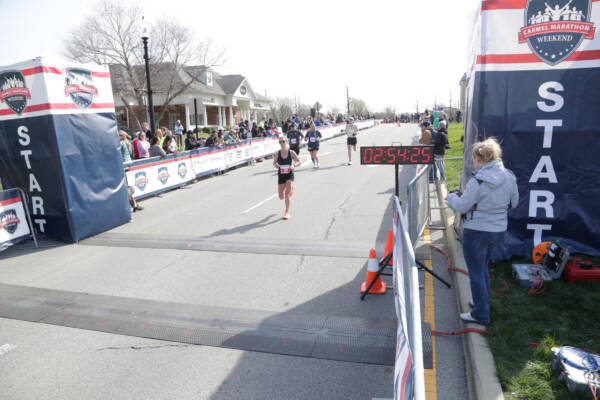

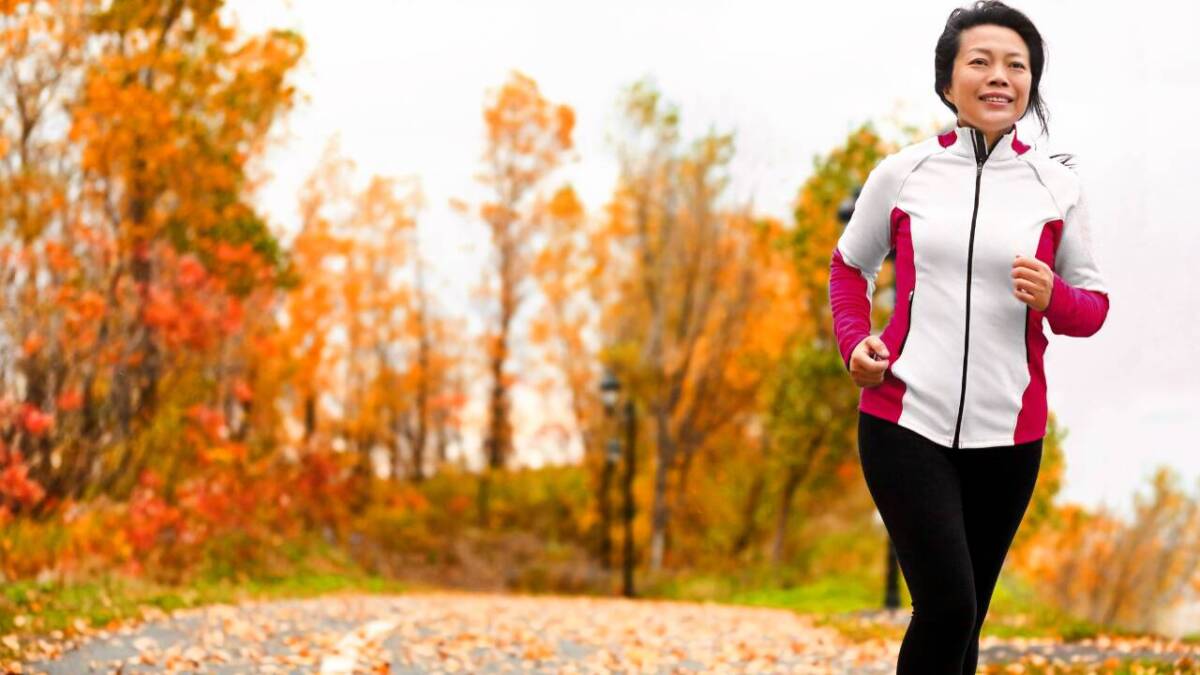
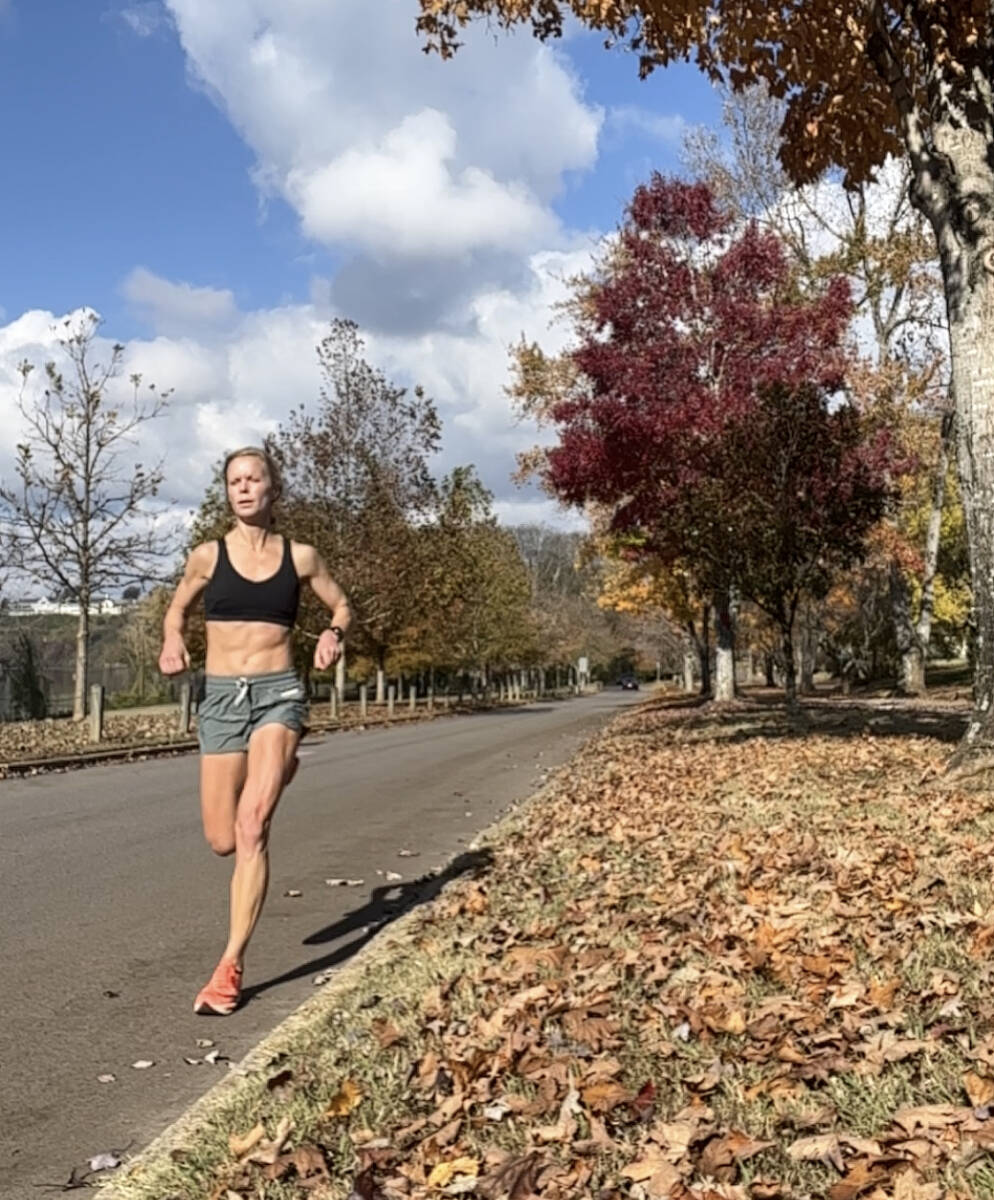
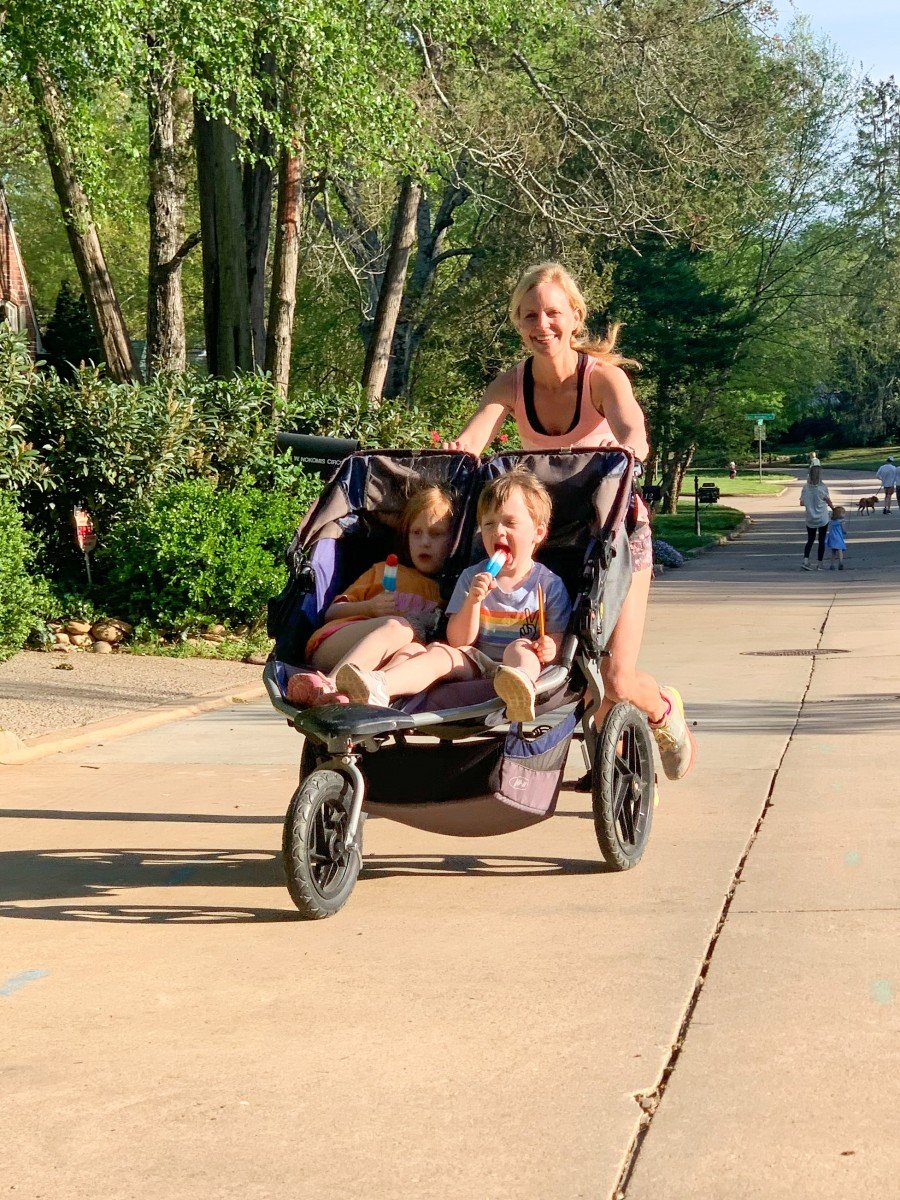
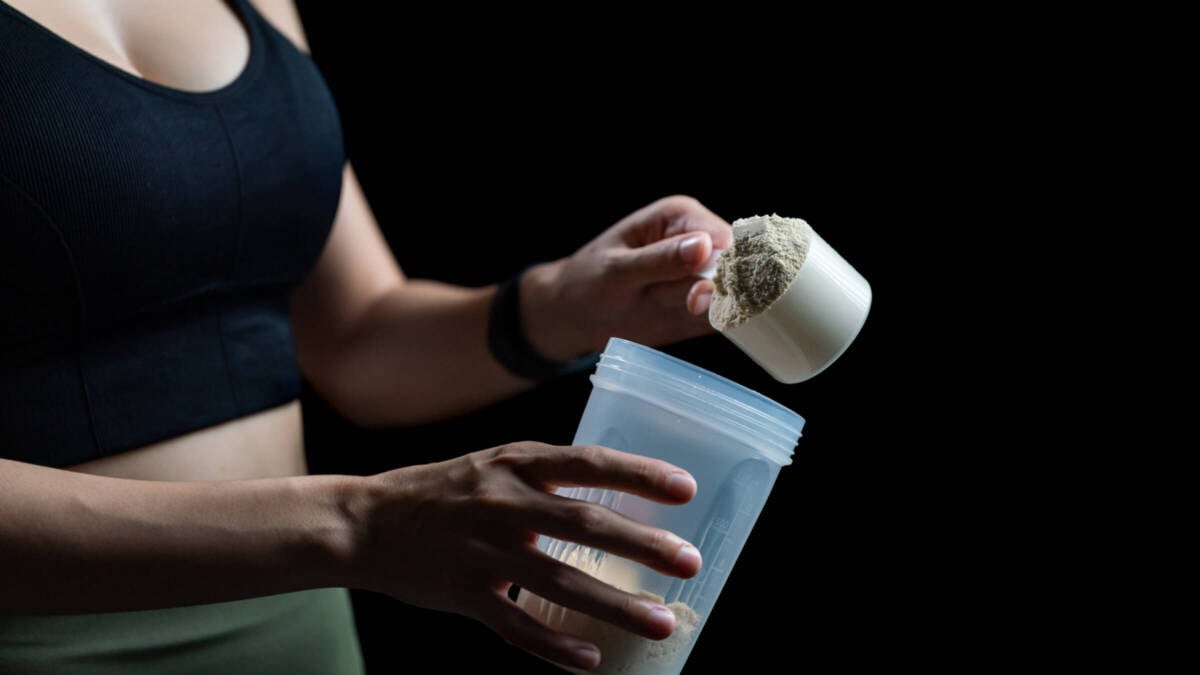
LOVE that tip about rinsing out sweaty soles. My shoes have a rough time during Texas summers!
So glad! It’s definitely helped cut down on the stink!!
Great tips. I just want to add that sweaty or wet feet in general can also lead to lots of friction and blisters. When it’s really hot out there, I either use a peppermint rinse or gum to have extra freshness.
Great tip! Thanks!
Dry max socks are amazing! Can slosh through puddles or a sprinkler and never get a blister.
That’s so interesting that heat training is the same as altitude. No wonder why I feel like dying🤣
Hahaha YES!
But it pays off if it is ever cool in Hawaii for ya 😉
To prevent blisters in summer, I always put Vaseline petroleum jelly on my feet and between toes.
Great tip! I do the same:)
Here goes! I’m 70 and train in Borrego Springs, California, average temperature 114 degrees. No kidding! It feels good.
Re. running in humid heat which I’ve been doing since 1992.
A quote from the movie Point Break, 1991.
“nothing comes close to it, not even sex”.
Rene, Holland.
Who runs without upperclothing also in the winter ?
Thank you.